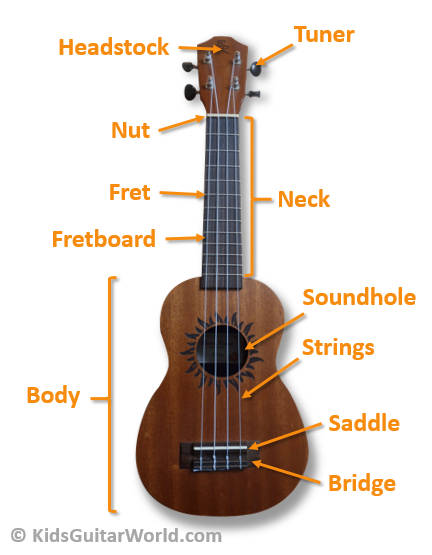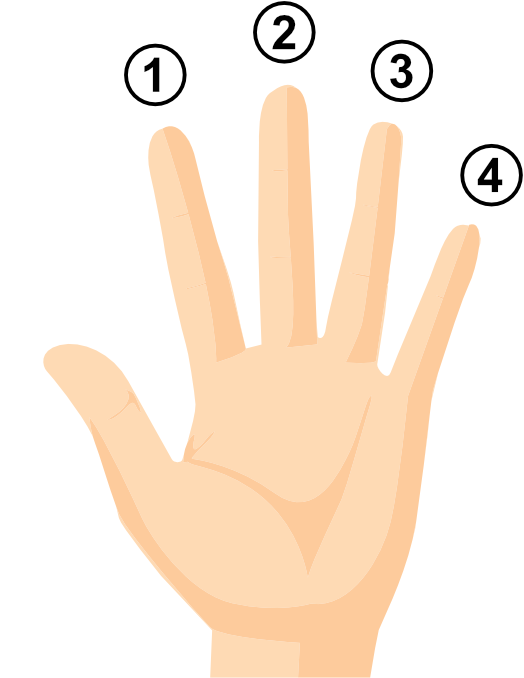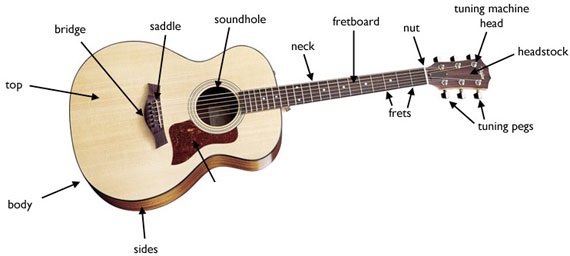A few weeks ago, we featured Mahler, my husband’s favourite composer. This week, I want to share with you MY favourite composer: Frédéric Chopin! He is known as a Polish composer of music for piano in the Romantic Period. Some of his works are so patriotic they were banned during WWII.
Some of his famous works:
– Revolutionary Etude (Op. 10 No. 12)
– Heroic Polonaise (Op. 53 in A Flat Major)
– Nocturne No. 20 in C-sharp Minor, Op. posth.
– Nocturne in E flat, Op. 9, No.2
– Sonata No.3 in B minor, Op.58
– Mazurkas, Op.24
– 24 Preludes, Op.28: Like Bach’s The Well-Tempered Clavier (minus the fugues), Chopin’s Preludes travel one by one through every key in a strict sequence (one of my piano students played No. 4 in E Minor but No. 6 and No. 15 “Raindrop” are also beautiful)
– Fantaisie Impromptu Op. 66
– Piano Sonata No.2 in B flat minor, Op.35
– Barcarolle in F-Sharp Major, Op. 60
– Fantaisie in F minor
– Grande Polonaise Brillante In E-flat Major, Op. 22 (start at 5:00)
– Piano Concerto No.1 in E minor, Op.11
Grade 6/7 students: Talk to your parents about watching The Pianist (available on Netflix), a movie based on the autobiography of Polish-Jewish pianist and composer Władysław Szpilman, a Holocaust survivor who persevered through difficulties during Nazi German occupation with the help of Chopin’s music.







